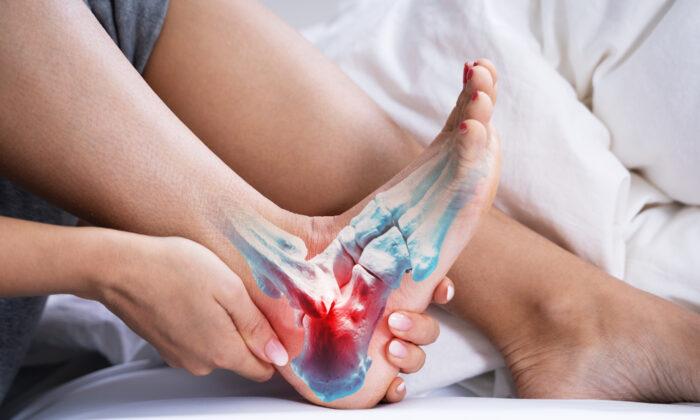Migraine headaches may double the risk of Bell’s palsy (facial paralysis). Bell’s palsy is a condition categorized by a sudden weakness in facial muscles. This muscle weakness can cause half of your face to droop and make your smile look one-sided or as if one eye is nearly closed.
Migraine May Double Risk for Bell’s Palsy
According to the National Institute of Neurological Disorders and Stroke, Bell’s palsy affects 40,000 people annually. Headaches affect 12 percent of the population. Study author Shuu-Jiun Wang, M.D., said, “This is a very new association between migraine and Bell’s palsy. Our study also suggests that these two conditions may share a common underlying link.”The researchers looked at two groups of 136,704 people over the age of 18. One group suffered from migraines and the other did not. The individuals were followed for three years. In the migraine group, 671 people were diagnosed with Bell’s palsy, while only 365 people in the non-migraine group were diagnosed. Those in the migraine group were twice as likely to develop Bell’s palsy compared to those without migraines.
Symptoms and Causes of Bell’s Palsy
Although the exact cause of Bell’s palsy is unknown, there are many contributing factors that could increase a person’s risk of developing it.Risk factors of Bell’s palsy include:
- Facial nerve damage
- Airplane travel
- Lyme disease
- Chemotherapy
- Traumatic injury to the face or head
- Myasthenia gravis or tuberculosis
- Viral infections like herpes, mumps, influenza
- Bacterial infections
- Multiple sclerosis
- Guillain-Barre syndrome
- Chronic diseases like diabetes
- Tumor causing nerve damage
- Stress
- Pregnancy
Warning signs of Bell’s palsy include:
- Neck pain
- Pain behind the ears
- Pain in the back of the head
Is It Associated With a COVID Vaccine?
A recent study published in The Lancet Infectious Diseases journal found the risk of Bell’s palsy is slightly higher after the Sinovac COVID-19 vaccine known as CoronaVac, but that the overall benefit outweighs the risk.Treatment and Diagnosis for Bell’s Palsy
Looking at symptoms is the first step to diagnosing Bell’s palsy. Other tests may be ordered as well to confirm diagnosis as other conditions can produce similar symptoms to Bell’s palsy. People with Bell’s palsy are usually treated by healthcare professionals from a range of different disciplines.Other tests that can confirm a diagnosis of Bell’s palsy include:
- Electromyography (EMG) to determine nerve involvement
- Blood tests to rule out other conditions
- Magnetic resonance imaging (MRI) or computed tomography (CT) to determine structural causes
Other prescriptions that your doctor may advise include:
- Steroid medications for inflammation Corticosteroids are usually given in the first 72 hours of diagnosis to manage inflammation. Sometimes, antiviral drugs are prescribed.
- Antiviral medications
- Analgesics or moist heat to reduce pain
- Physical therapy to stimulate facial nerves. Physiotherapy is also very effective to maximise recovery and address long term problems. That involves specific, targeted facial exercises tailored to the individual.
- If the person with Bell’s palsy is having trouble closing an eye, eye drops or gels may be used to protect the eye while the eyelid is not working properly.
Alternative remedies for Bell’s palsy include:
- Relaxation
- Acupuncture
- Biofeedback training
- Vitamin therapy
Tips for Managing Bell’s Palsy
Below are some helpful tips to better manage Bell’s palsy.- Eat a healthy diet with plenty of green leafy vegetables.
- Exercise regularly.
- Practice facial massage and facial exercises.
- Increase the intake of essential vitamins – eating healthy can help you do this.
- Manage stress.
- Look into acupuncture or biofeedback training.
- Apply moist heat to affected area.
- Keep the face warm.
- Drink beverages through a straw for better control.
- Cut food into smaller pieces.
- Wear an eye patch to prevent dryness and damage.
- Wear goggles when swimming or showering.
- Be positive and patient.
Can It Be Cured?
About 80 to 85% of people have a spontaneous, complete recovery usually over a period of a few weeks to a few months.If your face is starting to improve in the first three weeks, then your recovery usually goes well.
If you don’t start getting any movement on your face for a period about two to four months, you are more likely to experience longer term problems.






Friends Read Free